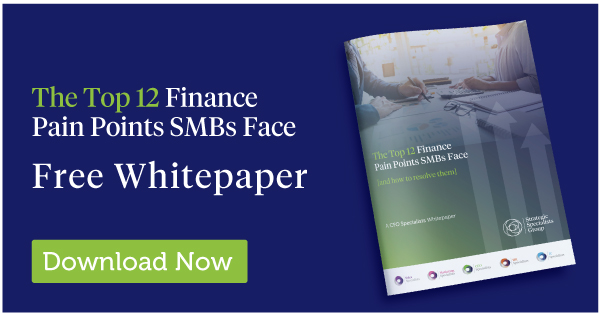
Welcome back to our series on blockers and impediments to SMBs as they target growth. In this, the third instalment of the series, we are looking at cashflow, and the problems your business can experience when you don’t have enough of it.
The Problem: Sub-standard Cash Flow
Cashflow is the lifeblood of businesses. It keeps the wheels turning and makes sure that organisations do not need to dip into credit resources whenever they need to make a purchase for their business. And yet, despite this critical importance, as many as 90 per cent of small and medium-sized enterprises in Australia say that issues relating to cashflow have directly hindered their revenue growth.
The problem is, many businesses are asset rich, with a solid client base and good prospects, yet they still struggle with day-to-day operations and short-term asset purchases. This is because those assets do not translate into liquid cash. When it comes to paying the bills, they are left struggling.
When transactions are time-sensitive, the dangers become even more acute. If a company cannot meet these transaction demands, they will fall behind, leading to further charges and fees, and, therefore, further expenses. A negative cycle begins, with the company always playing catch-up, but never quite having the cashflow required to get back on terms.
In the case of businesses with asset-based wealth, a dangerous temptation can begin to grow. As the assets are useful to the company’s long-term success, but not so useful when it comes to short-term operational costs, business owners may decide to sell off these assets to raise cash.
This practice could work, as long as the business is able to increase cashflow and then buy back the assets. However, in many cases, it will lead to a reduction in the underlying value of the company, in exchange for only short-term gains. This tactic is best avoided.
Instead, releasing asset capital in this way should be viewed as a last resort only. Businesses should seek to grow their cashflow using more organic means, giving them the opportunity to become more stable and effective in the long term.
The Resolution
Say no to the quick fix. Instead, look at cultural changes you can implement to improve cashflow, and strategies that will help you manage this.
Make sure the reports and the forecasting you are working with are accurate. This will make it easier to know when you can expect problems in the future. In turn, you will be able to plan accordingly and build up your ready cash reserves to accommodate.
You also need to think about how you can bolster those short-term cash resources. Most of your cashflow will probably come from customer purchases, so you can encourage these with promotional deals and smarter marketing practices. Just make sure not to reduce prices too far below the value of the goods or services.
You can also renegotiate some of the terms with your suppliers. This may enable you to make payments over a longer period, easing the short-term pressure. Just be sure not to damage the relationship you have built up with them.
Selling off of assets must always be a last resort!

